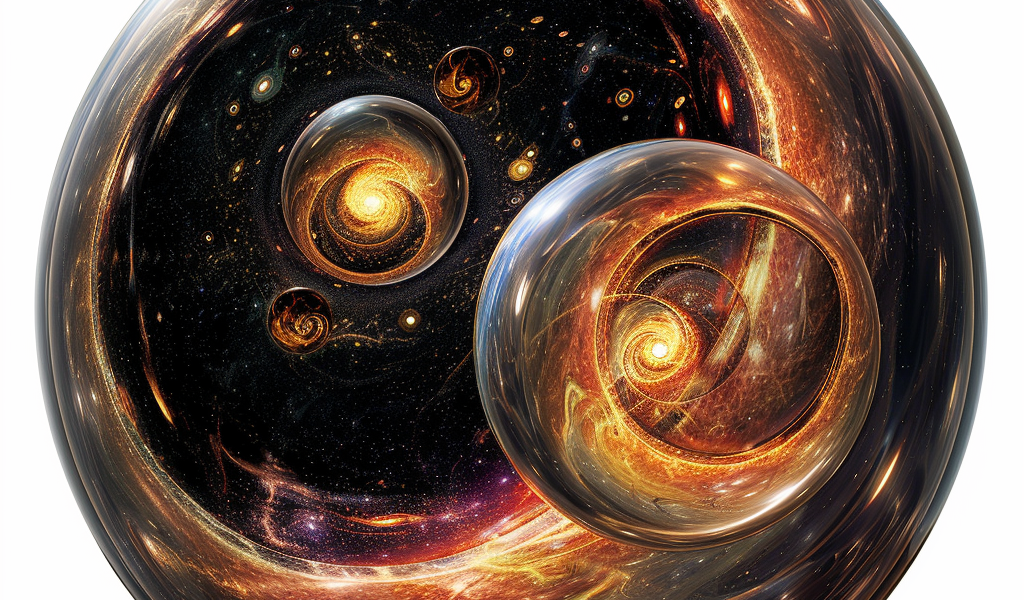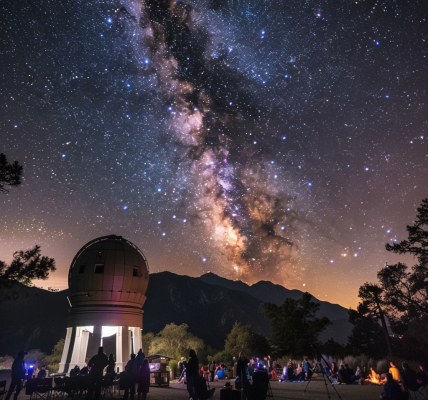Recent discoveries in the field of physics have unveiled a new theory proposed by physicists at Goethe University Frankfurt, shedding light on the enigmatic interiors of black holes. The theory introduces the concept of gravastars, which are speculated to resemble a matryoshka doll.
The interior of black holes has long been a perplexing puzzle for scientists. In 1916, physicist Karl Schwarzschild presented a solution to Albert Einstein’s equations of general relativity, suggesting that the center of a black hole contains a singularity—a point where space and time cease to exist. This implies that all known physical laws, including Einstein’s general theory of relativity, become inapplicable, suspending the principle of causality.
This inherent limitation posed a significant challenge for scientists, as it implied that no information could escape from a black hole beyond the event horizon. Despite Schwarzschild’s solution initially receiving limited attention, the discovery of the first black hole candidate in 1971, followed by the identification of the black hole in the center of our Milky Way in the 2000s, and the groundbreaking capture of the first image of a black hole by the Event Horizon Telescope Collaboration in 2019, renewed interest in the theoretical realm.
In 2001, physicists Pawel Mazur and Emil Mottola proposed an alternative solution to Einstein’s field equations, leading to the concept of gravitational condensate stars, or gravastars. Unlike black holes, gravastars offer several theoretical advantages in astrophysics. They possess comparable compactness to black holes and exhibit similar surface gravity, effectively resembling black holes in practical terms. However, unlike black holes, gravastars lack an event horizon and do not harbor a singularity at their core.
Instead, the core of a gravastar is composed of exotic (dark) energy that counteracts the immense gravitational force compressing the star, exerting a negative pressure. The surface of a gravastar is characterized by an ultra-thin layer of ordinary matter, with an almost negligible thickness.
Building upon this groundwork, theoretical physicists Daniel Jampolski and Prof. Luciano Rezzolla from Goethe University Frankfurt have recently unveiled a solution to the field equations of general relativity, proposing the existence of a gravastar nested within another gravastar. This hypothetical celestial entity has been dubbed ‘nestar,’ derived from the term ‘nested.’ The study outlining this groundbreaking theory has been published, marking a significant advancement in our understanding of celestial bodies and their enigmatic interiors.





